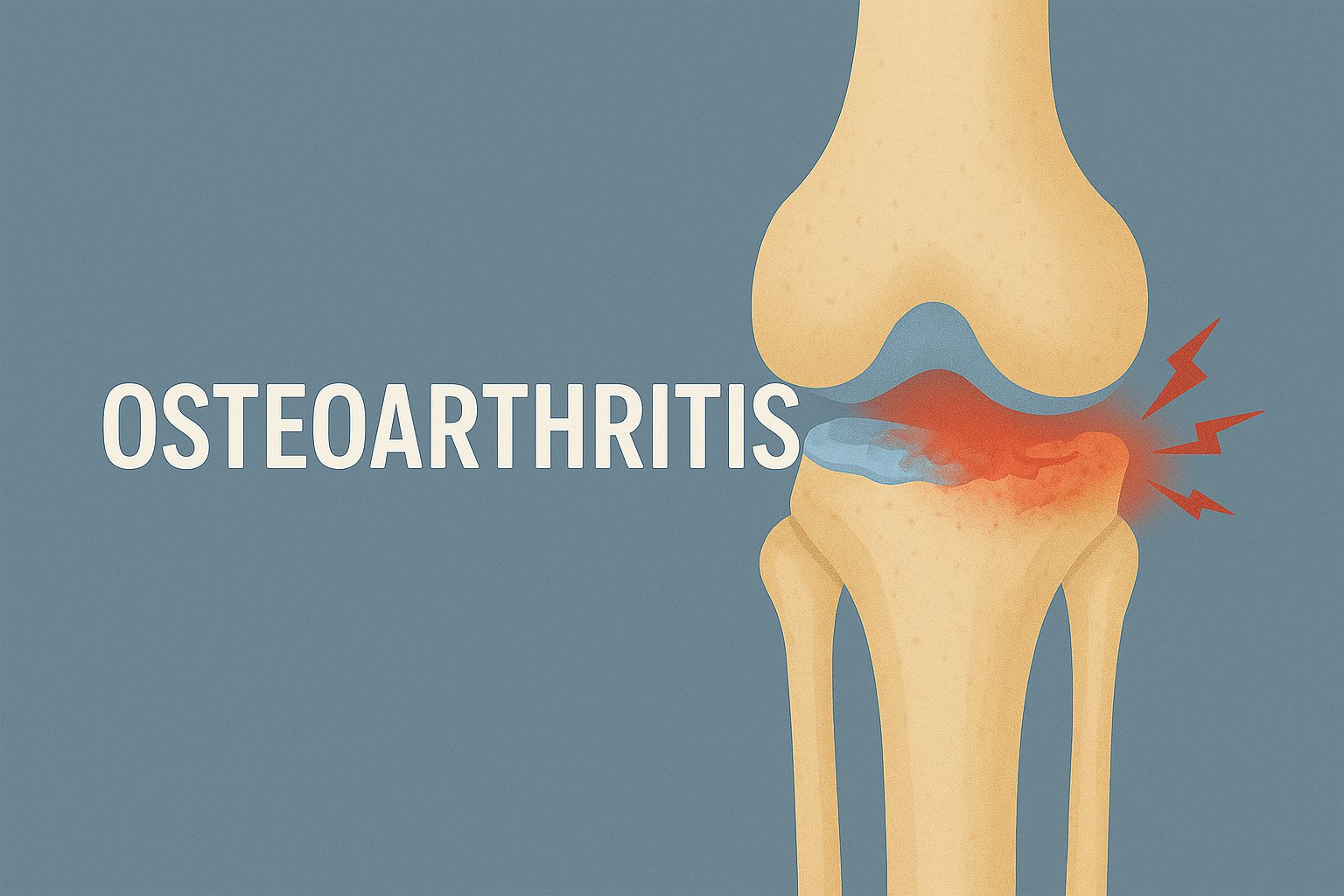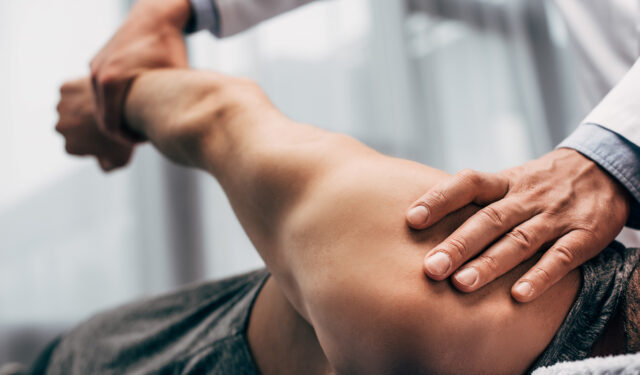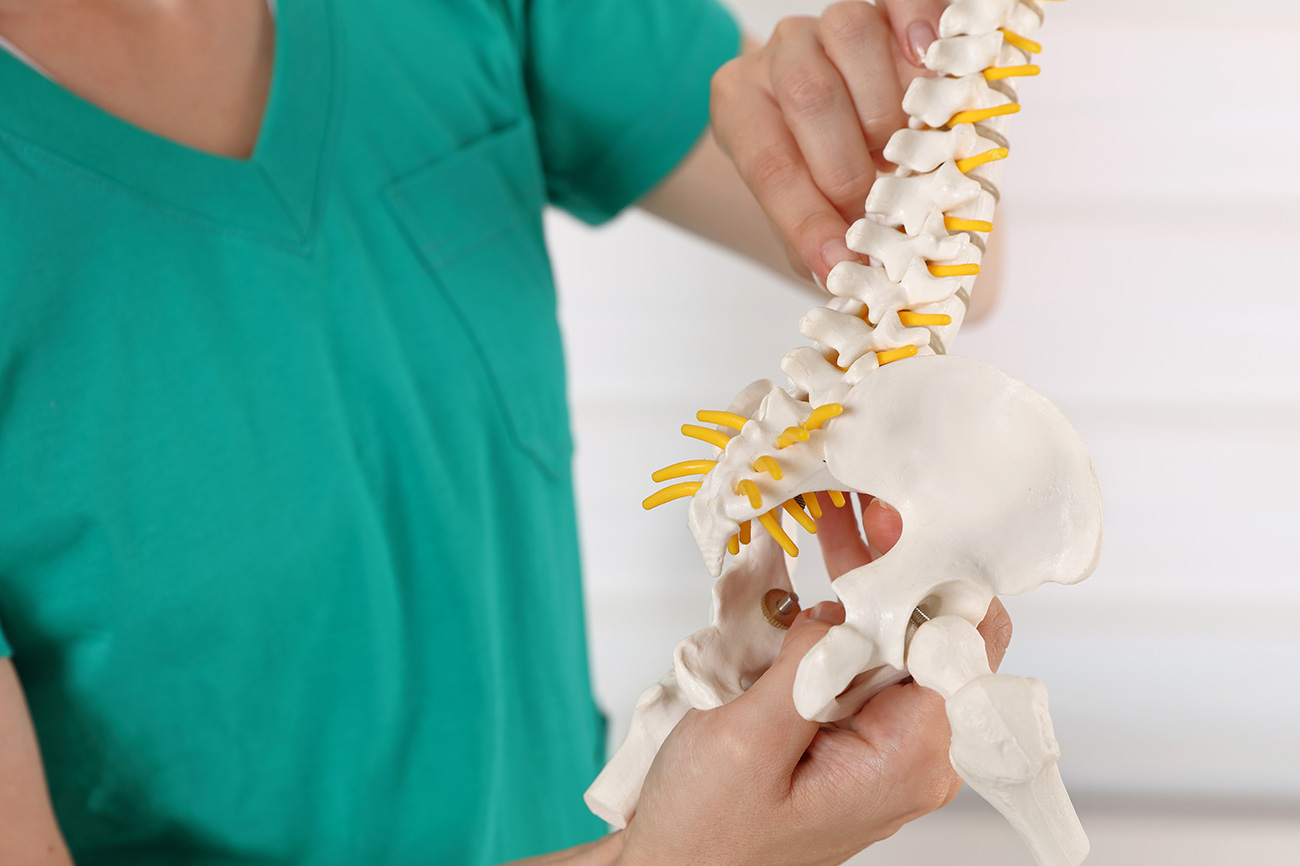
🦴 Understanding Osteoarthritis
How Chiropractic Care Can Help You Stay Active Osteoarthritis (OA) is one of the most common joint conditions worldwide—and one of the most misunderstood. Often referred to as “wear and tear,” OA is far more complex than simple aging. Whether you’re experiencing early stiffness or long-standing joint pain, understanding what’s happening inside your body can


